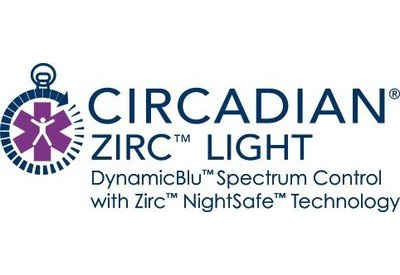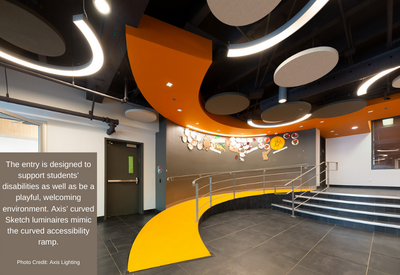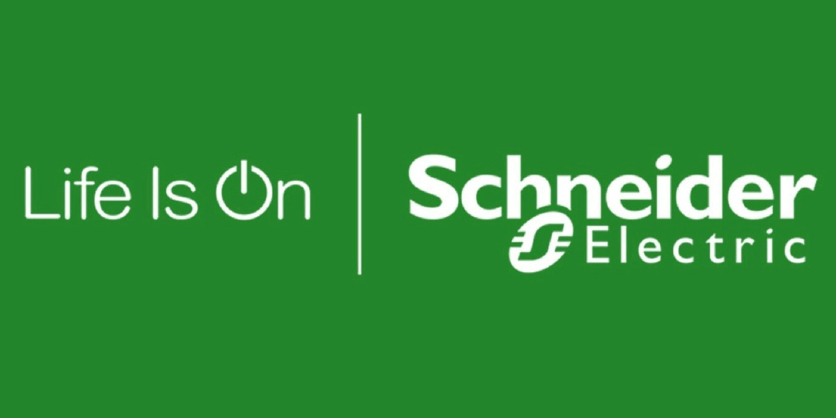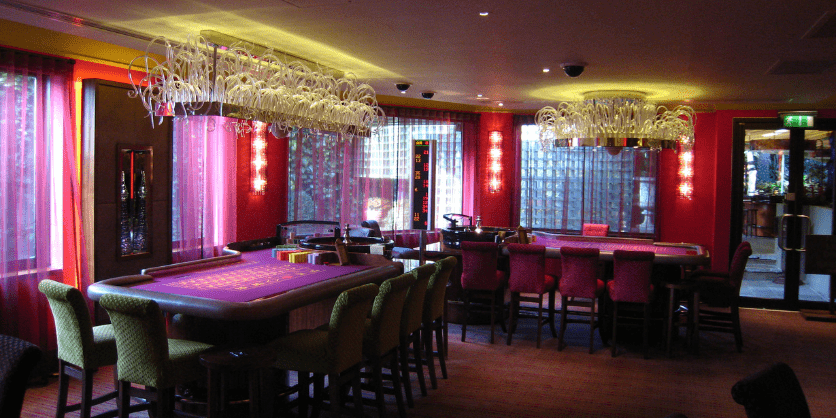BIOS Licenses Lighting Technology to Cincinnati Children’s Hospital Medical Center

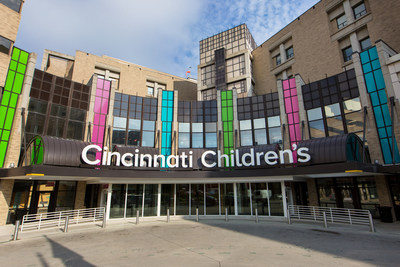 Carlsbad, Calif.-based BIOS, a leader in circadian lighting solutions, has licensed the exclusive rights to violet light technology invented and developed at Cincinnati Children’s Hospital Medical Center. The technology optimizes light exposures, which can influence circadian rhythms, eye development, and metabolism.
Carlsbad, Calif.-based BIOS, a leader in circadian lighting solutions, has licensed the exclusive rights to violet light technology invented and developed at Cincinnati Children’s Hospital Medical Center. The technology optimizes light exposures, which can influence circadian rhythms, eye development, and metabolism.
The engineers behind BIOS know a thing or two about regulating sleep patterns. For those unfamiliar with BIOS’ origins, the company is a NASA spin-off that launched in 2014. Its roots have deep ties to the Space Life Sciences Lab (SLSL) and Kennedy Center where the team led lighting projects to grow plants in space and to help astronauts regulate sleep patterns on the International Space Station where the sun rises and sets every 90 minutes orbiting the Earth.
Violet light technology is a key component behind the full-spectrum, tunable lighting system which was installed in the neonatal intensive care unit (NICU) of the recently opened Critical Care Building (CBB) at Cincinnati Children’s.
The CCB is the first medical building to have spectral lighting, developed by Cincinnati Children’s researchers for the NICU to support a healthy sleep cycle for newborns. The CCB is the first medical building in the world to have spectral lighting, which is designed to mimic natural sunlight, which supports healthy sleep cycles and stimulates growth for newborns.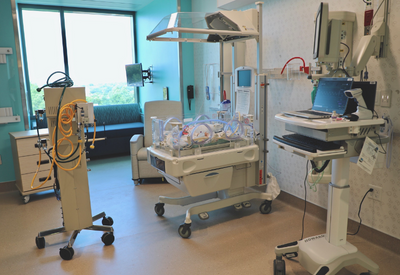
Richard Lang, Ph.D., Director/Visual Systems Group at Cincinnati Children’s, has been working with colleagues for more than one decade to better understand the role natural sunlight plays in fetal development. Their discoveries, and the growing scientific knowledge about the importance of circadian rhythms to human health, sparked the idea to install lights in the NICU that could provide the full range of wavelengths found in natural sunlight.
Additionally, this violet technology is now available in BIOS’ flagship product, SkyView™ Wellness Table Lamp, which is available for sale to consumers through distributors.
“BIOS is committed to creating human-centric lighting designed to promote health and well-being. When the opportunity arose, we were excited to work with Cincinnati Children’s and co-develop new human-centric lighting technology. We now offer this technology in our SkyView Wellness Table Lamp,” said Robert Soler, VP/Biological Research and Technology at BIOS.
Added Dr. Lang, “Our recent discoveries showed that violet light plays a crucial role in normal human physiology. This prompted us to work with BIOS lighting to deploy a new human centric lighting technology in our neonatal intensive care unit. We believe everyone can benefit from human-centric lighting.”
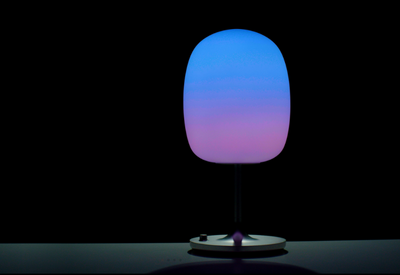 The licensing agreement comes in the wake of the completion of a clinical study assembling the health effects of the SkyView Wellness Table Lamp, as well as global studies by researchers into sleep complaints and circadian disturbances observed during the COVID-19 pandemic.
The licensing agreement comes in the wake of the completion of a clinical study assembling the health effects of the SkyView Wellness Table Lamp, as well as global studies by researchers into sleep complaints and circadian disturbances observed during the COVID-19 pandemic.


